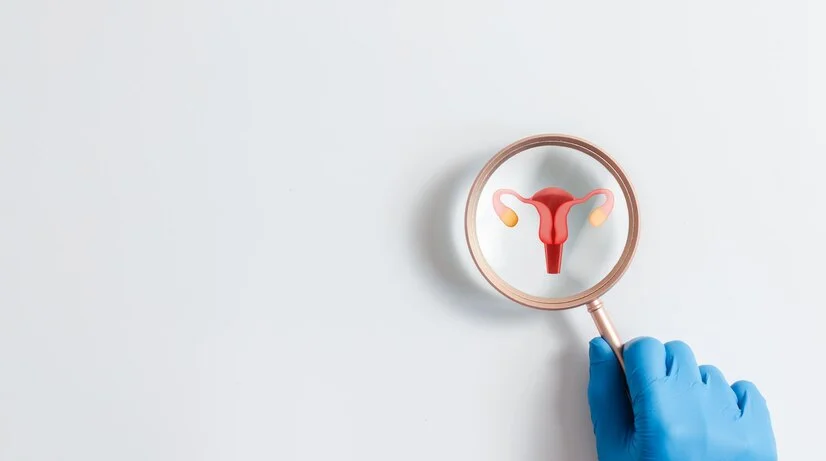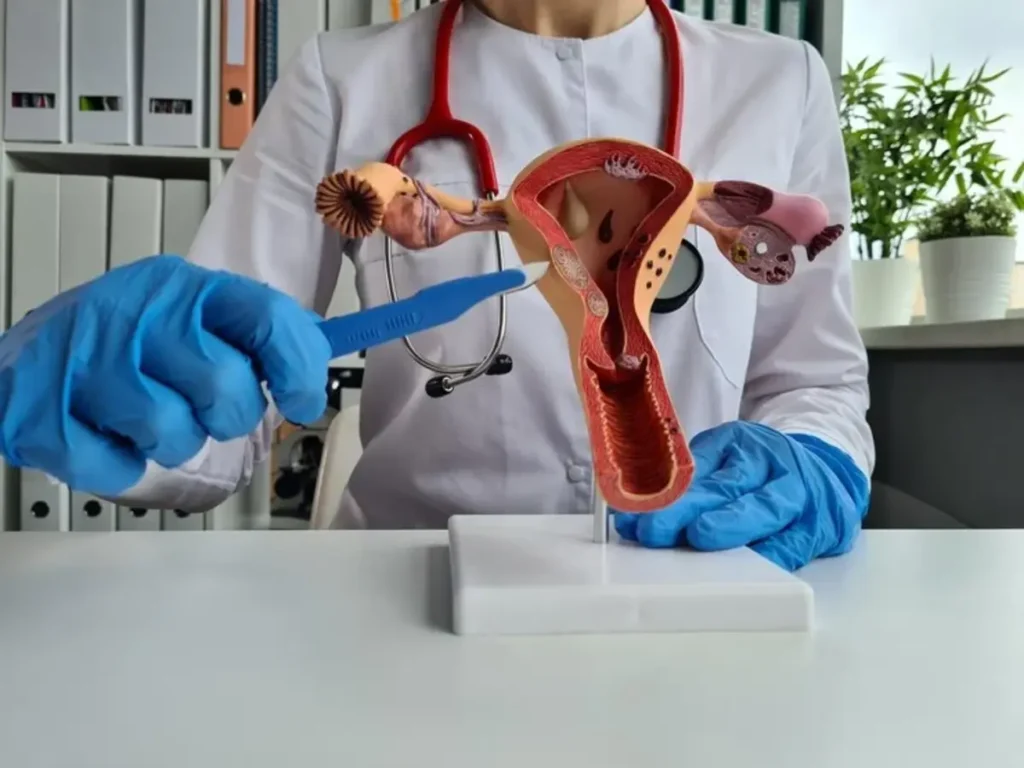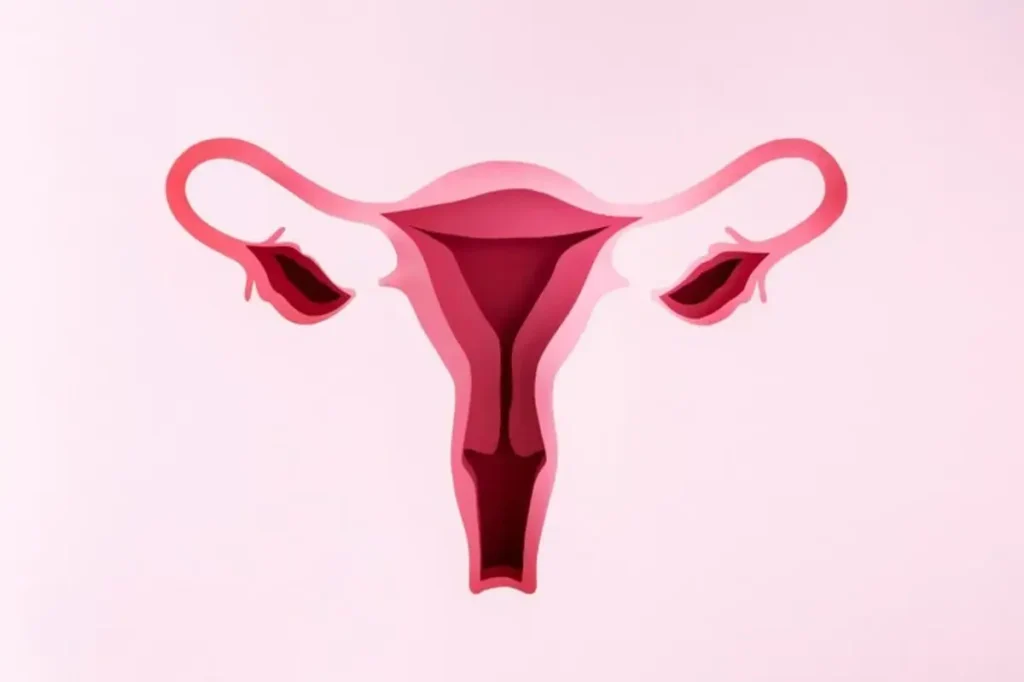-
Ganesh Talkies, Kolkata
Ganesh Talkies, Kolkata

Explore the role of hysterolaparoscopy in infertility treatment. Discover how this minimally invasive procedure helps diagnose and treat infertility issues. Learn from one of the best lady gynecologists.

Infertility is an emotionally and physically challenging experience for many couples. The desire to build a family often leads to frustration when pregnancy does not occur despite efforts. While various factors contribute to infertility, understanding the root cause is the first step toward effective treatment. One advanced method for diagnosing and addressing infertility issues is hysterolaparoscopy in infertility treatment. This minimally invasive procedure has become a key player in the field of reproductive medicine, offering hope and improved fertility outcomes for many women.
In this article, we will explore the role of hysterolaparoscopy in infertility treatment, how it works, the conditions it helps diagnose and treat, and why it’s often the go-to choice for gynecologists and fertility specialists.
Hysterolaparoscopy combines two important medical techniques: hysteroscopy and laparoscopy. These two procedures allow doctors to diagnose and treat infertility-related issues by directly visualizing the reproductive organs without the need for large incisions. The combination of both methods gives doctors a thorough understanding of what’s going on inside the pelvic region and uterus, which significantly aids in addressing infertility concerns.
Hysteroscopy involves inserting a thin, flexible tube called a hysteroscope into the uterus through the cervix. This allows the doctor to inspect the uterus’ internal lining and detect abnormalities that could hinder conception, such as fibroids, polyps, or uterine septa. The procedure can also provide valuable insights into the health of the uterine cavity, which plays a critical role in successful implantation and pregnancy.
Laparoscopy, on the other hand, involves the insertion of a small camera through a tiny incision in the abdomen, often near the belly button. This camera, called a laparoscope, allows doctors to view the ovaries, fallopian tubes, and other pelvic organs. Laparoscopy is particularly useful for diagnosing conditions like endometriosis, pelvic adhesions, and blocked fallopian tubes—conditions that can directly impact fertility.
By combining these two procedures into one, hysterolaparoscopy in infertility treatment provides a comprehensive and minimally invasive diagnostic approach that addresses both uterine and pelvic issues that might be causing infertility.

For many couples, the cause of infertility remains unexplained after standard tests, making it necessary to explore more advanced diagnostic tools. Hysterolaparoscopy in infertility treatment offers several advantages over traditional methods:

Several conditions contribute to infertility, and hysterolaparoscopy in infertility treatment offers a powerful solution for diagnosing and addressing these issues:
Endometriosis is a condition where tissue similar to the uterine lining grows outside the uterus, often on the ovaries, fallopian tubes, or other pelvic organs. This can cause severe pain and infertility. Hysterolaparoscopy allows doctors to identify the presence of endometrial tissue and remove it, improving the chances of pregnancy.
Pelvic adhesions are bands of scar tissue that can form after surgeries, infections, or conditions like endometriosis. These adhesions can cause the ovaries or fallopian tubes to stick together, interfering with fertility. Laparoscopic surgery can help remove these adhesions and restore normal function.
Structural abnormalities of the uterus, such as fibroids, polyps, or a septate uterus, are common causes of infertility. Hysteroscopy allows for the identification and removal of these growths or structural issues, enhancing fertility potential.
The fallopian tubes play a crucial role in fertility by transporting the egg from the ovaries to the uterus. If these tubes are blocked, it can prevent fertilization. Hysterolaparoscopy in infertility treatment can identify blockages and, in some cases, provide treatment to unblock the tubes.
Ovarian cysts can disrupt ovulation and fertility. Laparoscopic surgery can remove or treat cysts, improving the chances of successful conception.

Understanding what happens during the hysterolaparoscopy in infertility treatment can help reduce any anxiety or fear about the procedure. Here’s what to expect:
The combination of hysteroscopy and laparoscopy offers a number of advantages for women facing infertility:

1. Can hysterolaparoscopy help if other treatments have failed?
Yes, hysterolaparoscopy in infertility treatment can help uncover hidden issues like mild endometriosis or adhesions that may not be detected through other diagnostic methods.
2. How soon can I try to conceive after hysterolaparoscopy?
Most women can try to conceive after recovering from the procedure, which typically takes 4-6 weeks.
3. Is hysterolaparoscopy a safe procedure?
Yes, it is a safe and minimally invasive procedure with a low risk of complications. However, as with any surgery, it’s important to discuss the risks and benefits with your doctor.
4. Is hysterolaparoscopy covered by insurance?
Many insurance providers cover hysterolaparoscopy in infertility treatment when it is deemed medically necessary. Be sure to check with your insurance provider for details.
Hysterolaparoscopy in infertility treatment offers a comprehensive and minimally invasive approach to diagnosing and treating infertility. By combining both hysteroscopy and laparoscopy, this procedure allows doctors to identify and address a range of fertility issues, improving the chances of conception. Whether you’re dealing with blocked fallopian tubes, endometriosis, or uterine abnormalities, hysterolaparoscopy can help identify the root causes and provide targeted solutions to enhance fertility.
For women exploring infertility treatments, hysterolaparoscopy can provide valuable insights and effective solutions. Consulting with the best lady gynecologist in Kolkata ensures you receive expert guidance and personalized care, helping you make informed decisions about the most suitable fertility treatment options.